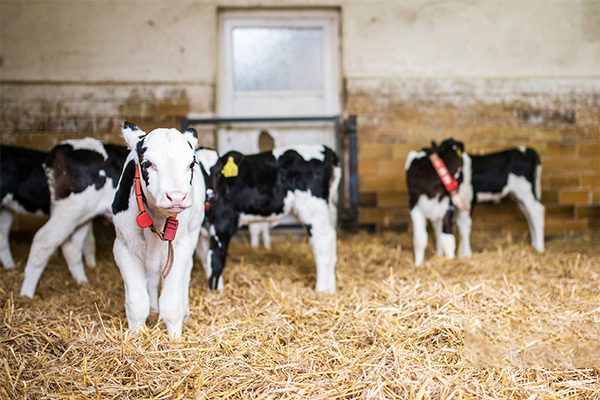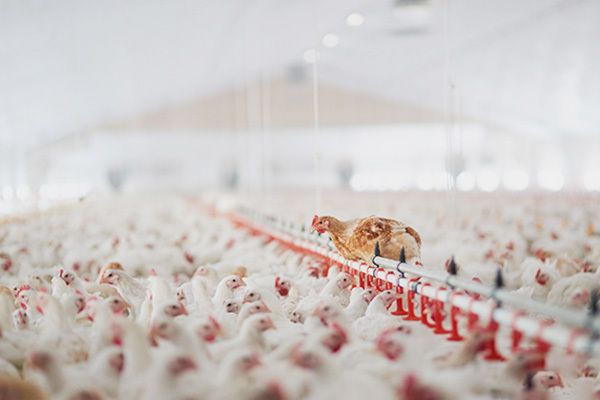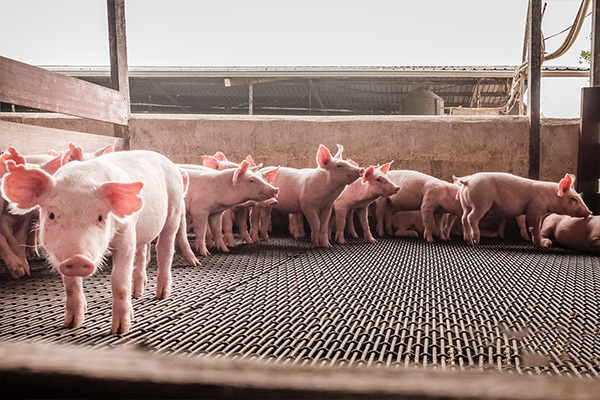Senecavirus A: several questions remain unanswered
Senecavirus A (SVA) is detected in a pig’s tonsils about 40 days after infection with the virus - a finding that raises questions about whether deliberately infected pigs are persistently infected and become sources of infection for other animals, a research virologist told Pig Health Today.
Indeed, “most viruses do not remain in tissues and are usually cleared by the host immune system after resolution of the clinical disease,” said Diego Diel, DVM, PhD, an assistant professor in the department of veterinary and biomedical sciences at South Dakota State University.
“There’s a question about SVA persistence and the existence of the carrier state. In my opinion, this might be the biggest question that remains to be answered about the virus.”
It is just one of several puzzling questions about SVA, a disease that mimics foot-and-mouth disease (FMD). SVA has been circulating silently in pigs in the US since 1988 but was unknown until 2002. Clinical signs include lethargy, lameness and vesicular lesions that progress from areas of erythema in the skin to fluid-filled vesicles typical of vesicular diseases.
In recent years, there’s been a spike in the number of cases of SVA reported. Diel said the reason for the increase is unclear.
“We did some whole-genome sequencing to see if there was anything really striking about the genetics of the virus and (if) that could be a factor behind this spike,” Diel said.
He added that while researchers found genetic differences after analysing strains of SVA that have been circulating in the last three or four years, they still don’t know if those changes may have contributed to the emergence of the virus and the increase in the number of outbreaks.
Also unknown is whether stress induced by transportation or parturition are among the underlying factors leading to the disease outbreak.
“Field observations suggest that stress may be an underlying factor, but to date, we don’t have any scientific evidence to confirm that or to prove that this is the case,” he said.
He said there have been reports of SVA outbreaks in slaughter houses. A few days after arrival, some of the animals in the holding areas have been found to have SVA, Diel said.
Diel said diagnosis is an important key to tackling the disease and urged producers to move quickly after spotting problems.
“If we see a vesicular outbreak or an animal presenting vesicular lesions, we do need to submit samples to the diagnostic lab to confirm that it is indeed Seneca and not any other VD-causing agent,” he said. “That would be my number one advice to producers and veterinarians that are working in the field.”
He said a quick diagnosis is essential for ensuring that the animals are not afflicted with FAD’s, such as FMD.
Related news







